
Virgin Gorda is the third-largest (after Tortola and Anegada) and second most populous of the British Virgin Islands (BVI). Located at approximately 18 degrees, 48 minutes North, and 64 degrees, 30 minutes West, it covers an area of about 8 square miles (21 km2). Christopher Columbus is said to have named the island "The Fat Virgin", because the island's profile on the horizon looks like a fat woman lying on her side. The main town is Spanish Town on the southwestern part of the island.
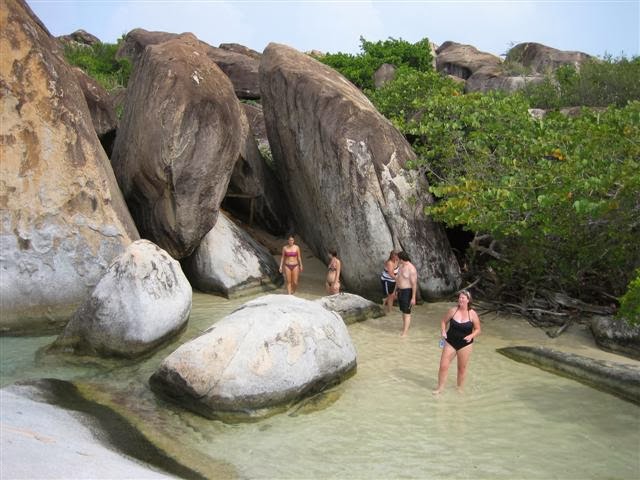
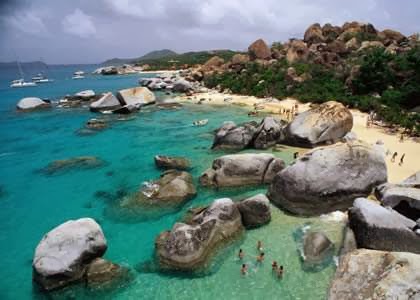
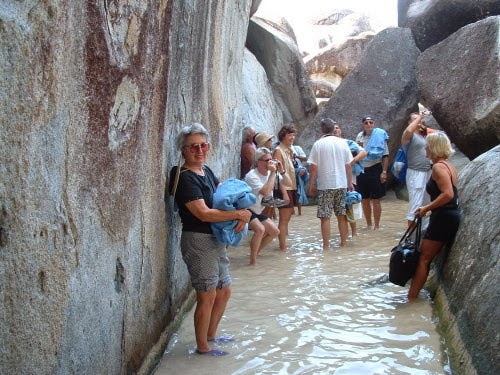



An unusual geologic formation known as "The Baths" located on the southern end of the island makes Virgin Gorda one of the BVI's major tourist destinations. At The Baths, the beach shows evidence of the island's volcanic origins, as huge granite boulders lie in piles on the beach, forming scenic grottoes that are open to the sea. North of the Baths is the Virgin Gorda Yacht Harbor, formerly owned by Little Dix Bay. The most notable ruin on Virgin Gorda is the old Copper Mine. In the island's North Sound is the high-end Bitter End Yacht Club, now a five-star resort.
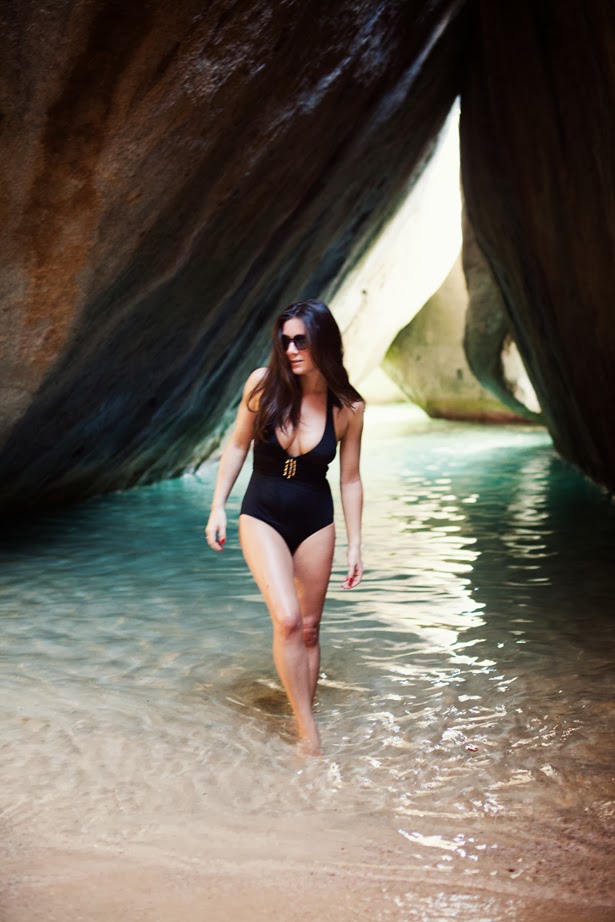





The Baths are a beach area on the island of Virgin Gorda among the British Virgin Islands in the Caribbean. The Baths are situated about 1,2 miles (2 km) south off the maintown Spanish Town at the southern tip of the island between Spring Bay and Devil's Bay. The Baths are an area of unique geologic formations and one of the BVI's major tourist destinations.
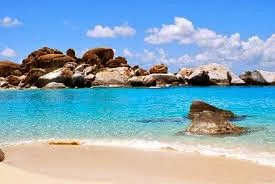

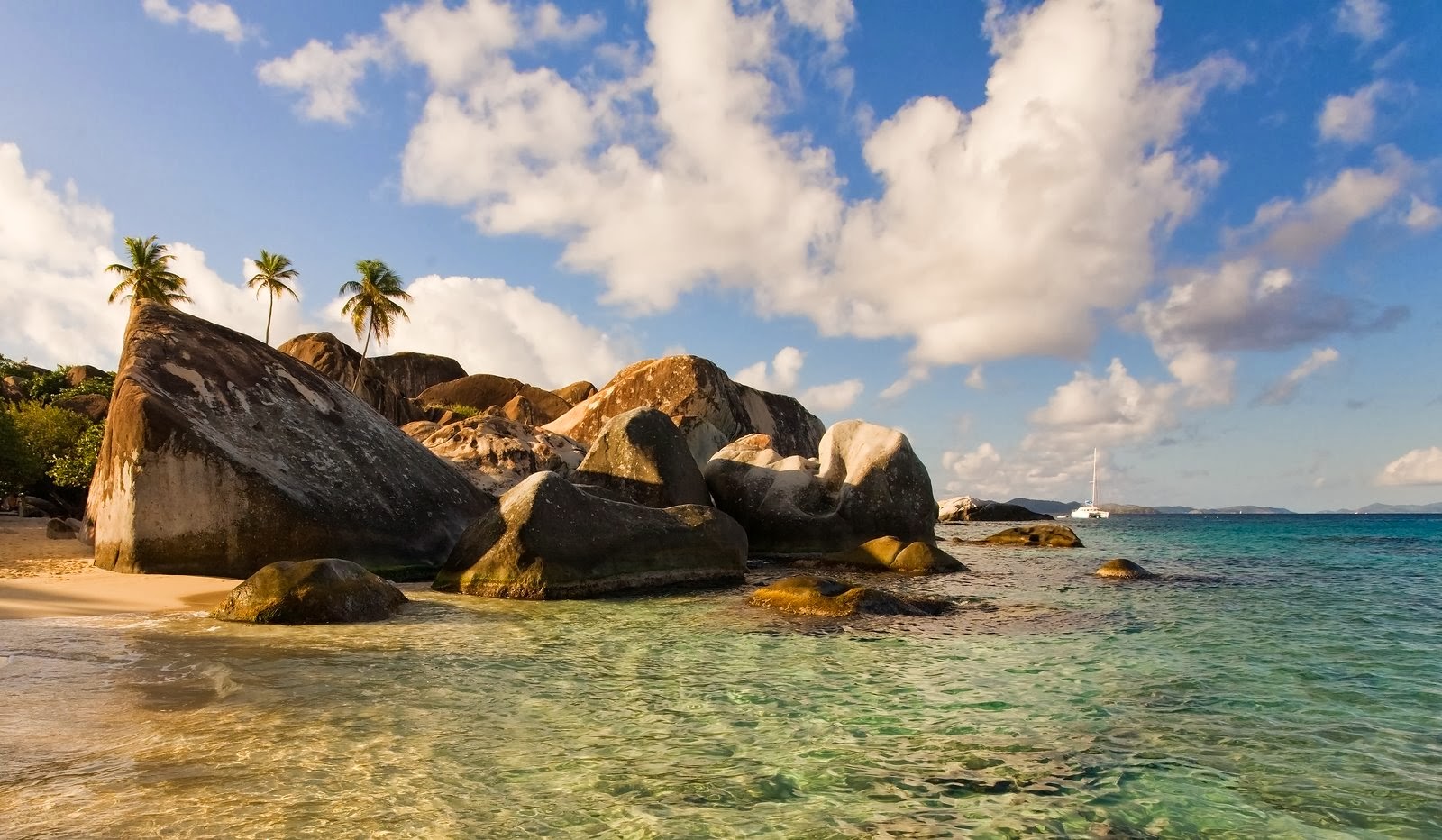
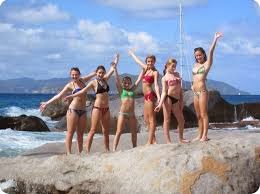


At The Baths, the beach shows evidence of the island's volcanic origins, which deposited granite that eroded into piles of boulders on the beach. The boulders form natural tidal pools, tunnels, arches and scenic grottoes that are open to the sea. The largest boulders are about 40 feet (12 m) long.
Since 1990 the area has been a BVI National Park as are the adjacent bays, and the area is a major tourist attraction, with swimming and snorkelling being the main attractions.




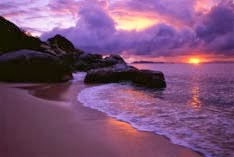


No comments :
Post a Comment